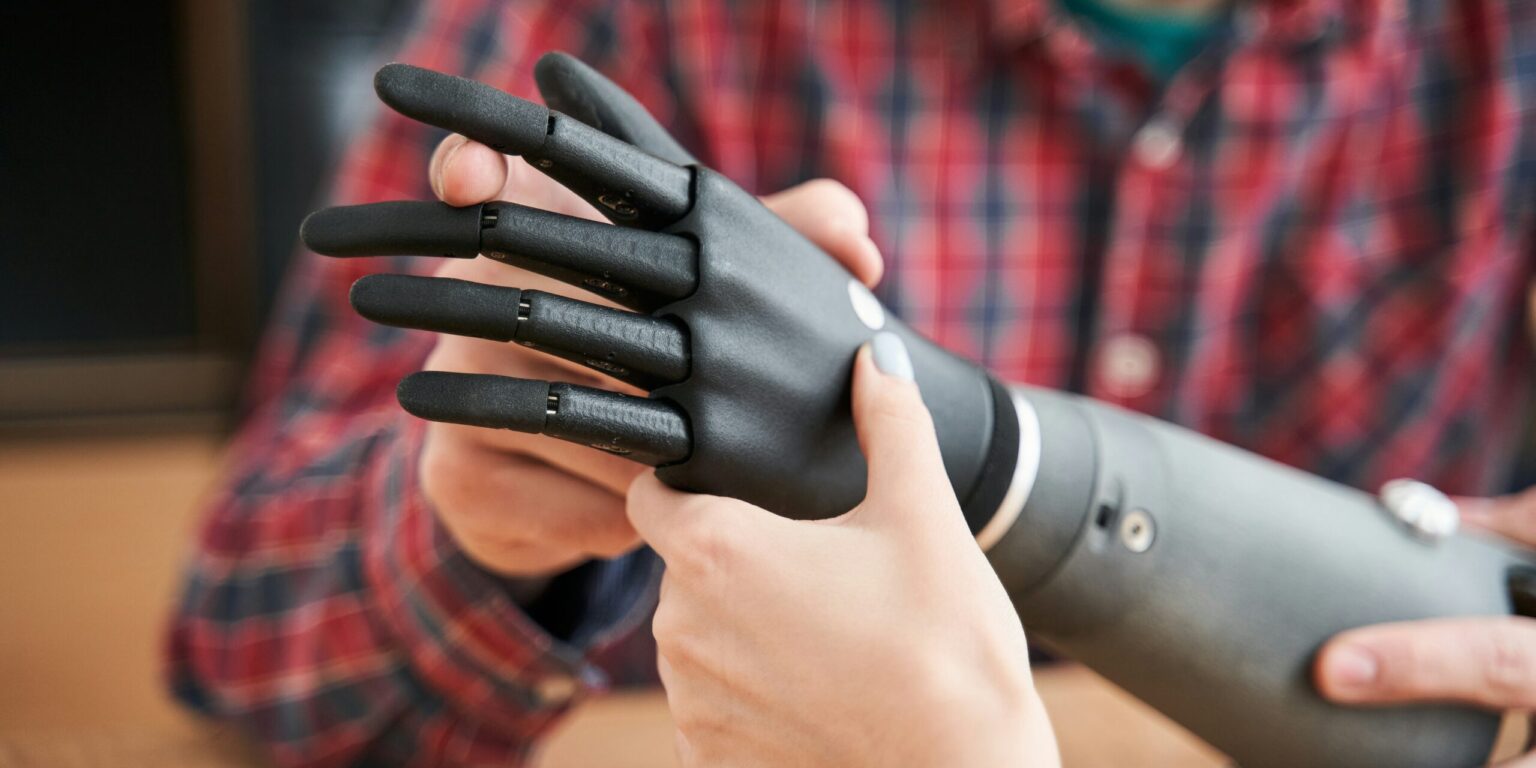Researchers in Missouri have achieved a remarkable breakthrough in prosthetic technology by developing a new generation of prosthetic limbs capable of providing sensory feedback, enabling users to “feel” touch. This innovation marks a significant leap forward in the field of biomedical engineering, offering a more natural and intuitive experience for individuals who rely on prosthetics.
Traditionally, prosthetic limbs have been designed to restore function and mobility, but they have often lacked the ability to mimic the sensations that a biological limb provides, such as the feeling of touch or pressure. This new prosthetic development seeks to bridge that gap by incorporating advanced sensory feedback systems that can simulate the sense of touch, offering wearers a more complete and functional limb replacement.
The key innovation in these prosthetics is the integration of sensors and electronic interfaces that are connected directly to the user’s nervous system. These sensors collect tactile information from the environment—such as pressure, texture, and temperature—and transmit it to the brain, allowing the user to perceive these sensations as if they were coming from their natural limb. This technology involves sophisticated neural interfaces and brain-machine communication that were once thought to be too complex to implement in prosthetics.
This breakthrough has the potential to revolutionize the way prosthetics are used. By restoring the sense of touch, users can perform more delicate tasks, such as holding fragile objects or navigating their surroundings, with greater ease and precision. The ability to “feel” through a prosthetic limb not only improves the functionality of the device but also enhances the overall quality of life for users, helping them feel more connected to their bodies and the world around them.
The development of sensory-feedback prosthetics is a major milestone in the ongoing evolution of biomedical engineering, as it opens new possibilities for enhancing prosthetic designs. This advancement could eventually lead to the development of even more sophisticated prosthetic technologies that offer users not only enhanced sensory capabilities but also greater mobility and control.
Researchers are optimistic about the future applications of this technology, as it could pave the way for even more breakthroughs in prosthetics, including the restoration of additional senses and the development of prosthetics that are more seamlessly integrated with the body. The implications of this research extend beyond the field of prosthetics; it also offers valuable insights into neural interfaces and brain-computer communication, which could have broader applications in medicine and rehabilitation.
As the technology continues to advance, it has the potential to transform the lives of individuals with limb loss, offering them a prosthetic experience that is as close as possible to the sensation and functionality of a natural limb. This development in Missouri is a step forward not only for the field of prosthetics but also for the future of human-computer interaction and sensory technology.
